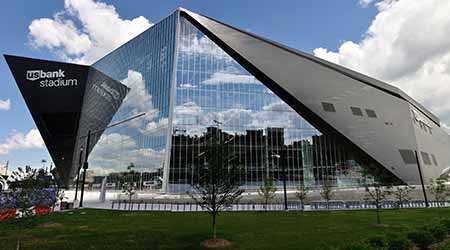
Cool Roofs Ease Urban Heat Island: Study
August 20, 2019
Managers in institutional and commercial facilities seeking greater energy efficiency have been involved for years in discussions about the benefits of cool roofs, as well as their most effective applications. Now, new research from the U.S. Department of Energy’s Lawrence Berkeley National Laboratory adds important information the ongoing debate that is likely to have benefits for organizations’ bottom lines and building occupants alike.
A new study by researchers at the lab shows that if every building in California sported cool roofs by 2050, these roofs would contribute to protecting urbanites from the consequences of these dangerous heatwaves. Their study, “Interacting implications of climate change, population dynamics, and urban heat mitigation for future exposure to heat extremes,” was recently published in the journal Environmental Research Letters.
The researchers predict that heat waves are likely to become two to 10 times more frequent across the state by the middle of this century. But if buildings through throughout California’s most populous areas – the San Francisco Bay Area, Los Angeles, San Diego, and Sacramento – installed cool roofs by 2050, these reflective roofs could lower heat wave exposures by 35 million each year, compared to an estimated 80 million heat wave cases in 2050 with no increase in installations of cool roofs. A heat wave exposure is defined as each time a person experiences a heat wave.
The cool roof project is the latest example of Berkeley Lab’s research into the potential for reflective roofs, walls, and pavement to mitigate urban heat, reduce air conditioning usage, and save water.
Dan Hounsell is editor-in-chief of Facility Maintenance Decisions.
Next
Read next on FacilitiesNet












